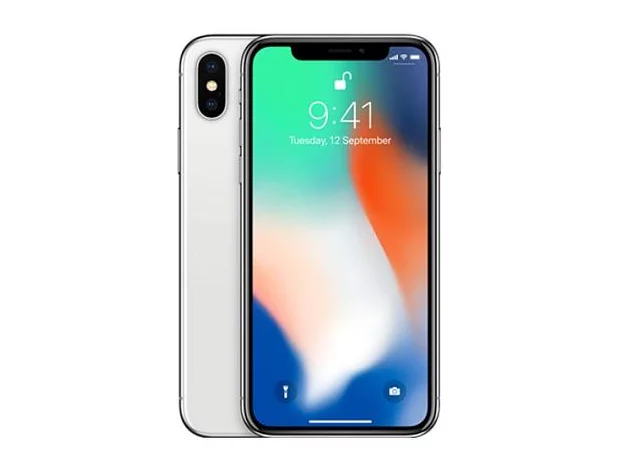Year after year we have seen Samsung pitted against Apple, Galaxy against iPhone. This time we have Samsung’s newly unveiled Galaxy S9 and Galaxy S9+ pitted against the Apple's tenth anniversary iPhone, the iPhone X. Both the phones are most high-end smartphones on the planet. Though they come with similar features, including OLED screen technology and high-end cameras, they still differ on many things.

Design & Display
Samsung adopted the same jaw-dropping glass and metal sandwich with an edge to edge Infinity Display design of Galaxy S8, S8+. However, the top and bottom bezels are narrower than before. Another big change is the fingerprint scanner has been placed below the camera module to allow access to users without smudging the lens.
The iPhone X meanwhile too sports a glass and metal frame design. It is still a completely new design for Apple and looks far more modern than Samsung devices, in fact, any other Android device.

As for the displays, the Galaxy S9 and S9+ adopt Quad HD Super AMOLED 5.8 inch and 6.2-inch screens. The iPhone X, on the other hand, comes with a 5.8-inch Super Retina display based on OLED panel. Samsung handsets, however, do benefit from a higher screen resolution, pumping out 2960 x 1440 pixels compared to the iPhone X’s 2436 x 1125 pixels.
Cameras
This is where things get interesting. Samsung phones’ boasts new SuperSpeed Dual Pixel cameras with variable aperture. This helps S9 with low light performance as sensors can switch between f/1.5 and f/2.4.
The S9 has a single 12MP camera on the back while the S9+ model will come with dual 12MP sensors, a wide angle and telephoto lens similar to iPhone X. The S9+ model sports the portrait mode or bokeh effects. The Galaxy S9 can also shoot Super Slow-Mo video at 960 frames per second at 720p resolution compared to 240fps on iPhone X.

The iPhone X meanwhile ships a dual-lens 12MP camera with one f/1.8 lens and one f/2.4 lens. It comes with OIS, portrait mode and Animoji features but the Samsung Galaxy S9 duo looks to trump the iPhone X cameras.
Hardware & Performance
The Galaxy S9, S9+ ships with Qualcomm’s top range system-on-a-chip, the Snapdragon 845 in the US and Chinese markets. It includes an octa-core CPU that runs speeds up to 2.8GHz. In other regions like India, Samsung will use its own Exynos 9810 processor instead of Qualcomm’s.
Still, iPhone X stays in the lead when it comes to sheer processing power. The A11 Bionic chipset notched a score of 10,357 compared to Snapdragon 845’ score of 8,409 according to Geekbench 4. However, both the Galaxy S9 and iPhone X can run almost any apps without problems.
Battery-wise you get a 3,000mAh and 3,500 mAh units in the Samsung Galaxy S9, S9+, capable of both wireless charging and fast charging. The iPhone X meanwhile has a smaller 2,716mAh one, and also supports wireless and fast charging.
Biometric Security & Additional Features
Apple iPhone X won the hearts with its FaceID, 3D facial-recognition system. The Galaxy S9, however, doesn’t have the facial recognition but Samsung is shipping their devices with Intelligent Scan which uses the combination of iris scanning and face scanning to unlock your phone.

Samsung tries to differ with few AR tricks up its sleeves. The Bixby Vision, for example, lets you translate menus and signs in foreign languages in real time. The Bixby camera also can recognise places and landmarks. Samsung also has a new AR Emoji similar to iPhone X’s Animoji that turns your face into 3D emoji to be used in various messaging apps.
Conclusion
Based on the specifications, Samsung with its new cameras will give competition to the iPhone X. It will surpass Apple’s cameras in terms of low light performance and noise reduction. Still, the iPhone X has a fair advantage with its faster A11 Bionic processor and superior FaceID facial recognition camera. But surely, the Galaxy S9 and S9+ will be priced lower than the iPhone X, which will be the key point.















